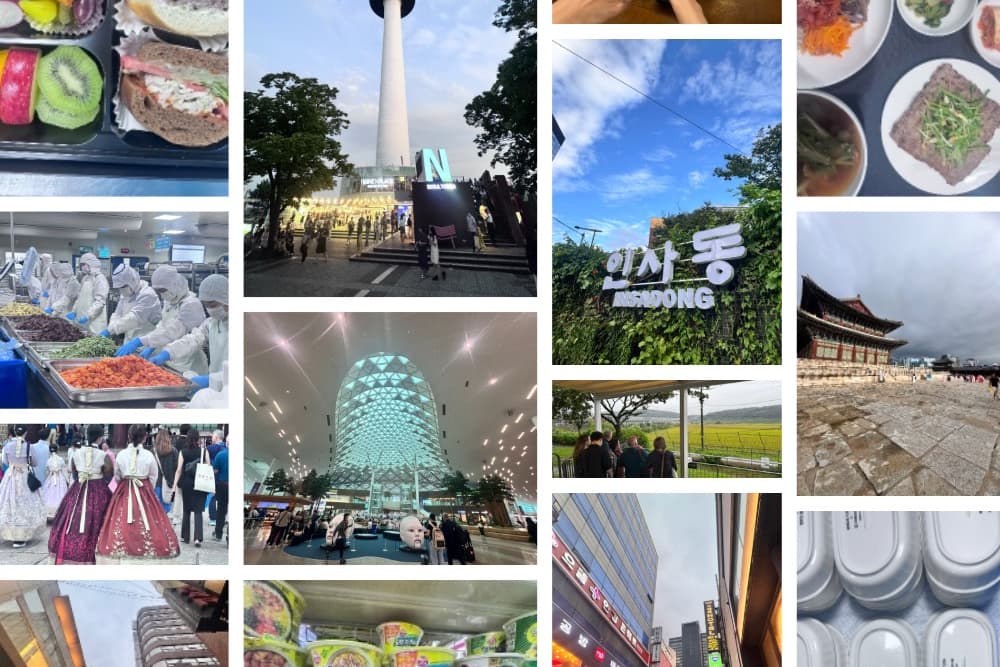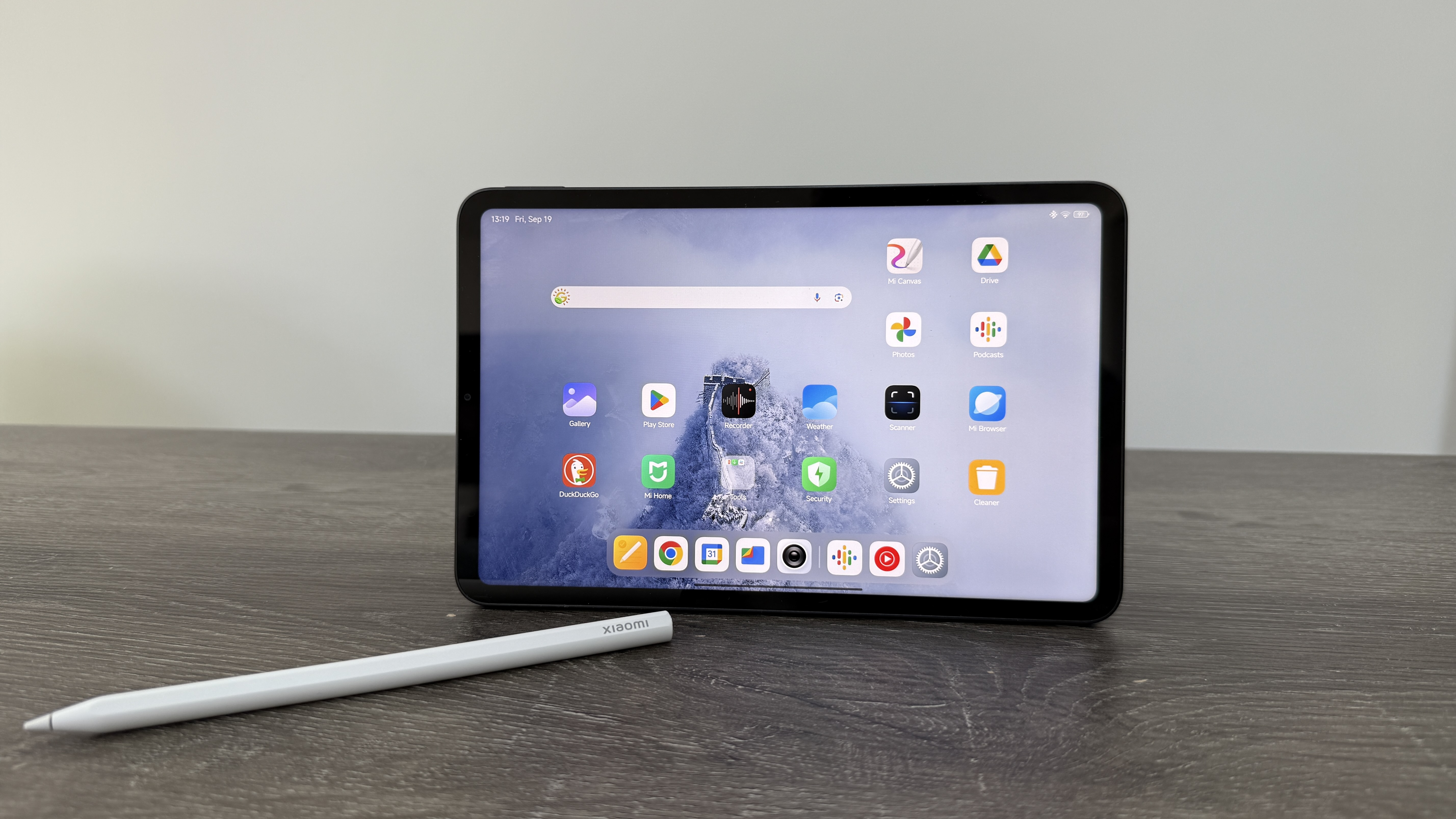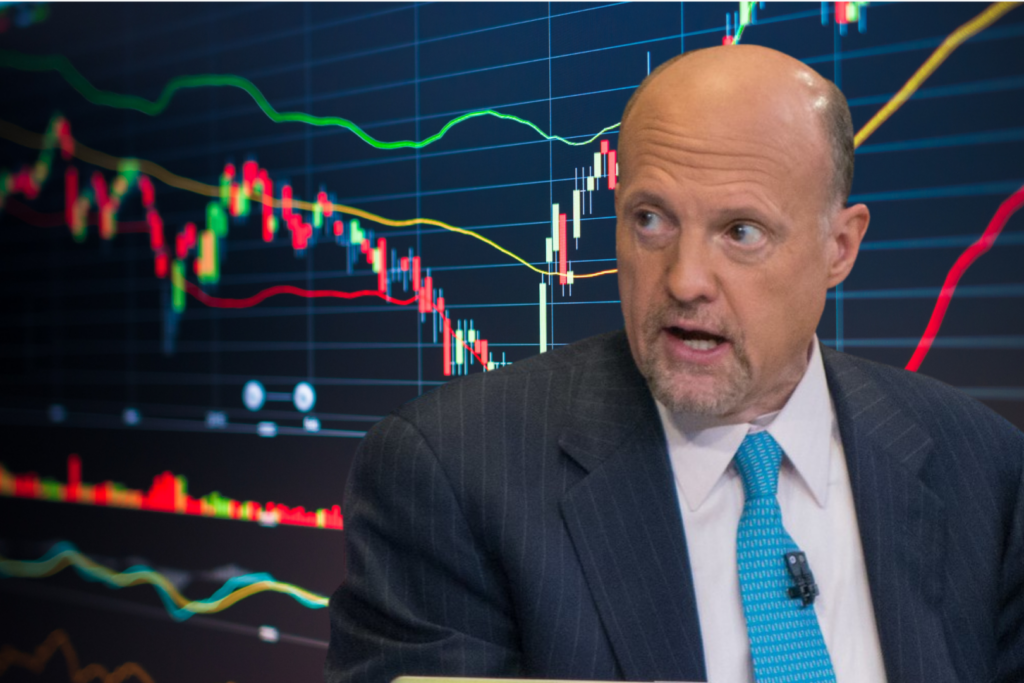I flew to Seoul with a reinvigorated Korean Air to find a country having a cultural K-pop moment
By Nicola Adam
Copyright glasgowworld

Leaf by leaf she examines the washed salad for quality and checks carefully for insects to ensure no tiny stowaways make their way on board the planes. After, it will be washed again.
Nearby, fruit is being prepared amid a cacophony of clanking. It’s being cut, peeled, and chopped by hand to rigorous standards and rinsed five times – just a microcosm of the high standards essential amid this almost military operation. Here, in this factory near Seoul in South Korea, an army of workers work 24 hours a day to create the airplane meals for Korean Air with production lines carefully delineated into airlines, food categories and cabin classes. It’s mind boggling to watch.
You can see the branding and quality of Korean Air’s partnerships first hand as you near the end of the process. Business and first class passengers, while flying in luxury with flat bed seats, benefit from a collaboration with British luxury jewellery brand Graff for the amenity kits and eat off tableware created alongside Armani/Casa. But there’s no detail ignored whichever airline class you fly in.
It’s hard not to be moved by the enormity, the logistical ingenuity and attention to detail of this setup. Let’s be honest, few of us have ever really considered how the food and useful items which appear in front of us on flights makes its way to the aircraft, let alone how the cutlery is managed. Here you can see meals transformed from raw ingredients to the finished product, before being carefully stored into the wheeled metal trolleys which make their way aboard. It’s worth mentioning that, we too, wear head to toe PPE and entered the factory via a full body airdryer (think a human dishwasher), to eliminate any chance of contamination.
Later, we try the finished airline meals from the kitchens, sipping perfectly paired wines alongside immaculately seasoned steak, delicious Thai green fish curry and Bibimbap (more on that later). We could have been in any five star restaurant under the watchful eyes of the sommelier and chef. Later, the food and wine tastes even better on board served to our seats. I flew economy (out) and Prestige class (return) and the food (and service) was excellent in both.
READ MORE: I visited Seoul and discovered why this phrase has entered the Korean language thanks to Leeds United
I was in South Korea with Korean Air which, launched in 1969, is now redesigning its global identity alongside a merger with Asiana and substantial investment into everything from logos to lounges. It’s my first ever trip to this fascinating, faraway, country which is having a cultural moment.
At Korean Air headquarters in Gangseo-gu, we admire the impressive free canteen for workers, test our cabin crew skills in door training, learn how to fight a fire onboard, and are shown how they taser problem passengers (not allowed on UK routes, unsurprisingly). We even check out the flight control centre where planes are tracked on vast screens, problems solved and major disasters averted. Much like the factory, and the Korean people themselves, it is all friendly and meticulous, with no detail overlooked.
THE K-CULTURAL MOMENT
South Korea is having a moment and Korean Air could not have timed its metamorphosis better.
It’s hard to escape the K- phenomenon amid the increasing dominance of K-Pop (think BTS and Blackpink), Korean food and Korean skincare, all established into western cultures driven by social media trends, which allow increased accessibility. K-pop is now so dominant it’s even number one on UK Netflix – the animated singalong K-pop Demon Hunters is a smash hit with an earworm soundtrack.
And at the centre of this K-world is the metropolitan city of Seoul with its glossy skyscrapers, neon lights, ever present karaoke, ramen, bibimbap and fried chicken joints, huge digital advertisements for the latest technology and vibrant street culture amid its historical relics. Towering up above is Seoul Tower at the top of the 270m high Namsan peak, tourist mecca and known for its 360 degree views of the city (and also features in K-Pop Demon Hunters, of course).
The sprawling and elaborate Gyeongbokgung Palace, established in 1395, sits in contrast to a mobile phone mast and backdrop of both mountains and city skyscrapers with Samsung and Hyundai amongst them. If you wear traditional Korean dress – known as Hanbok – you can enter the palace for free. It’s a stroke of marketing genius which creates an air of festive unreality with hordes of Korean tourists wearing vibrant colours and wide sweeping skirts amid westerners in jeans and trainers (though foreigners can wear Hanbok too – you can rent or buy).
Korean Air delivers with consummate class straight into this addictive, friendly, melee of a city where crime rates are low and you always greeted with a smile.
But amid this celebration of South Korea is the North Korean reality. This is a divided country and just 50km from the bright lights of Seoul lies the DMZ, or demilitarised zone, the landmine-ridden 4km gap of no man’s land between South and North which stretches 250km east to west. The total area is equivalent to almost twice the size of New York city and the JSA (Joint Security Area) in Panmunjom – the site of past negotiations – is the only place where North and Korean forces stand face to face. We stood, as tourists, on the now sealed off ‘Bridge of no return’ used to repatriate prisoners of war at the end of the Korean armistice in 1953.
It’s a peculiar and loaded experience to visit. It has an air of Blackpool-type tourism (buy your DMZ baseball cap, landmine keyring or a postcard of Kim Yong Un with Trump!) amid the shadows of towering, barbed wire, border fencing and heavily armed and guarded military posts. We were there on a rainy day which added to the latent menace of the moment. Step out of line here, wave your camera in the wrong spot, and you will be shot dead, you are warned. In irony, the DMZ itself has become an accidental untouched nature sanctuary where flora and fauna thrive; more than 6,000 species have been documented including deer and bears, otters, cranes and rare species of Orchid.
The surreal visit has the air of circus about it until we meet former nurse Yeon So Ra (name may be assumed for obvious reasons), a north Korean defector who escaped in 2015, leaving most of her family behind. To return means execution, she explains calmly, likely after she is imprisoned and tortured for propaganda purposes. It was three whole years before she could grease the wheels needed to extricate her child as well. Yet she misses her hometown and remains optimistic that in her lifetime. Korea can be united again.
Yeon explains, as a child living in a border area, she was taught to think she was having the happiest childhood in contrast to the miseries of the rest of the world. It is only with her maturity came the realisation that to have limited movement, limited access to hope and no free will is to be imprisoned – and that she was being lied to. Later, we see example children’s books taught in North Korean schools. Dictator Kim Jong Un is not just on the curriculum, he and his family are the curriculum. His control is so total no-one is even allowed the same birthday as him and all must learn about his childhood. For example if you copy his daughter – Kim Ju Ae’s – hairstyle you will be jailed. Wearing jeans, which are seen as a representation of Western imperialism and capitalism, is also an imprisonable offence.
The road back to Seoul is lined with barbed wire fences dotted with sentry posts in front of the Yellow Sea, with the mountains of the north in the distance. We pass tunnels, which our guide explains, are packed with explosives to be detonated if South Korea is invaded – to prevent the use of the road for tanks. But soon the bright lights of Seoul – and freedom – beckon.
WHERE TO SHOP IN SEOUL
Back in the city, the K factor is visible everywhere and the shopping opportunities myriad. In Hongdae (short for Hongik University Street), young people congregate around an immaculately good looking boyband performing complicated K-Pop choreography to an adoring crowd while, just metres away, a woman sings into a microphone to much applause. The street, known for its cultural scene and fashion, is a catwalk for Korean youth with its addictive energy pulsing throughout.
Meanwhile, Myeong-dong is a lively shopping district with its recognisable (yes, Burger King) and less recognisable chain stores and the omnipresent branches of Olive Young which sells the hugely popular Korean ‘glass skin’ face masks in a neon, pop music, environment – think Boots meets Disney. And a useful tip is you can claim tax back on those purchases at the till if you produce a passport.
Insadong is another key shopping spot and a little different. Here the age profile of visitors trends a little older and the small streets home to numerous traditional wooden tea houses, ceramics shops and artisan independent stores. It’s quite possible to while away hours peering at fascinating art and kitchenware, though check closely, as a lot of it (not all) is made in China.
WHAT TO EAT
You can’t visit Korea without trying Bibimbap, the hugely popular rice dish served with meat and vegetables with an egg on top. It comes with a side of hot, spicy, gochugang sauce (a red chilli paste). Delicious and served at most restaurants but also a choice on the Korean Air in-flight menu.Fried chicken is a staple, the Korean style often with sweet sticky sauce is widely available. We even had some street food with chicken on a stick – we literally ate it from the provided plate standing next to a busy junction in Myeong-dong. We ate it again at Mom’s Touch, a popular fast food chain in Seoul which serves myriad varieties.Kimchi is frequently served as a side dish. Increasingly popular outside Korea, it’s traditional pickled and fermented vegetables which, again, forms a staple of the Korean Air menu across all cabin classes.Bulgogi is made with thinly sliced beef in a sweet sticky sauce (soy sauce/sugar/sesame oil) – it’s often translates as Korean BBQ, though in reality there are many types. It looks like sushi but it’s definitely not. Kimbab is a roll made with seaweed and rice, often filled with Bulgogi – not seafood as you might expect.Soju is a traditional Korean alcohol traditionally made from rice but also corn/potatoes. An acquired taste (you quickly get used to it – it’s easy to drink) but you can also get flavours – we tried banana which was interesting! The alcohol content varies but usually around 12 to 20%
Nicola was the guest of Korean Air and flew from London Heathrow. This article remains her unedited opinion. Korean Air (koreanair.com) offers daily nonstop flights from London Heathrow to Seoul’s Incheon Airport, featuring a comfortable 34-inch seat pitch in economy; Prestige (business) class, with fully flat seats and First Class with individual suites. The airline also connects to more than 20 Chinese and 15 in Japanese cities . It’s also possible for UK passengers to connect on to Australia and New Zealand. For more information, visit koreanair.com



